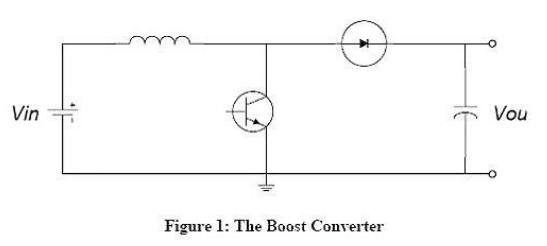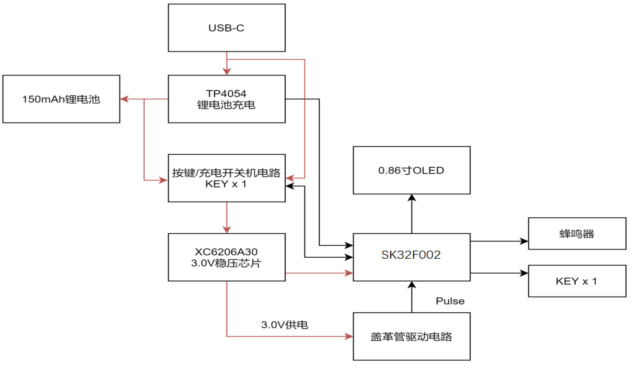The Geiger-Müller counter, referred to as the Geiger counter, is a counting instrument that specifically detects the intensity of ionizing radiation (alpha particles, beta particles, gamma rays and X-rays). An inflated tube or chamber is used as the probe. When the voltage applied to the probe reaches a certain range, every time a pair of ions is generated by ionization of the ray in the tube, it can be amplified to generate an electrical pulse of the same size and recorded by a connected electronic device. From this, the number of rays per unit time is measured.
Geiger counters are a very important radiation detection instrument and are widely used for the detection of radioactive substances.
The detector is Geiger Miller counter tube, which chooses HH614 of Nanjing Nuclear Security.
The Geiger Miller counter is a special counting instrument for detecting the intensity of ionizing radiation, using an inflatable tube or chamber as a probe. When the voltage applied to the probe reaches a certain range, each pair of ions produced by the ionization of the ray in the tube can be amplified to produce an electrical pulse of the same size and recorded by a connected electronic device, so the number of rays per unit time can be measured.
The whole product is mainly to drive the Geiger counter, and then record the pulse for data analysis and display.
420V boost is the core part: lithium battery 3.5-4.2V to 420V, then the boost ratio is about 100, ordinary boost circuit is difficult to achieve low power consumption. Therefore, it is necessary to lower the boost ratio, and first consider doubling the voltage (because the current is very small), because the double voltage requires capacitance, and the angle of saving is three times the voltage.
The principle of the switching DC boost circuit (the so-called boost or step-up circuit) is as follows:
In the charging process, the switch is closed (the transistor is on), and the switch (transistor) is replaced by a wire. At this point, the input voltage flows through the inductor. The diode prevents the capacitor from discharging to the ground. Because the input is DC, the current on the inductor increases linearly at a certain rate, which is related to the size of the inductor. As the inductor current increases, some energy is stored in the inductor. In the process of discharge, when the switch is turned off (the transistor is turned off), the current flowing through the inductor does not immediately change to zero because of the current retention characteristics of the inductor, but slowly changes from the value at the end of charging to zero. The original circuit has been disconnected, so the inductor can only discharge through the new circuit, that is, the inductor begins to charge the capacitor, the voltage at both ends of the capacitor rises, and the voltage is already higher than the input voltage. Boost complete. When charging, the inductor absorbs energy, and the inductor releases energy during discharge. If the capacitance is large enough, a continuous current can be maintained at the output during the discharge. If this on-off process is repeated over and over again, a voltage higher than the input voltage can be obtained at both ends of the capacitor.
● Sensor: 48MM Geiger counter tube
● Measuring range: 0.08uSV~ 50mSV
● Measurement accuracy:+25% based on (_^137)CS γ
● Battery life: 3 to 4 hours (working current is about 35mA)
● Charging time: less than 2 hours
● Charging interface: TYPE-C
● size: 15MM * 108MM

 Contact us
Contact us


